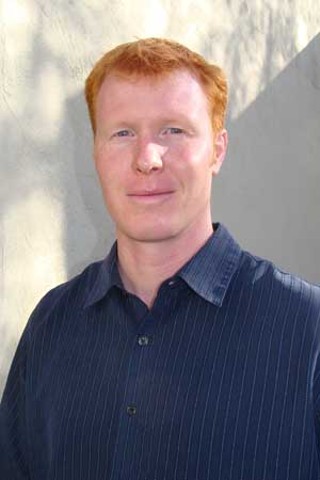Why combine social networking with climate science?
I think a lot of people think of social networking on Facebook for networking or maintaining friendships. But businesses have been using the same technology internally and with customers with great success. There's a site called LinkedIn.com, too, that has gained popularity. ... It's a popular professional-networking site that we've learned a lot from. Face-to-face and phone meetings and conference calls are traditional methods, but these network tools expand access and the sharing of information.
How much can the regular public be involved with this site?
The way the public can get involved with the Web site is that (people) can register, and join different groups or read different articles that will be available only on this site. We'll be bringing in information from different resources, our writings, and other groups we work with. For example, solar energy may not be our area of expertise, but it will have a presence on this site, because it's relevant in addressing climate change. Once people register, they have access to lots of different information, but they don't have to dig for it. With social-networking features ... they can create a community group that has challenges it is working on together, or they can be part of a citizens' group with specific goals for a town or a specific project. It has the potential to bring scientists together with people who care about this work.
How did you use newer technologies to create the network?
It will look and feel like a traditional Web site, but incorporate features that allow information to be organized in more than one way. Traditionally, Web sites can be organized in a hierarchical sense and then link across pages. We're using software that allows us to follow a trend in site development that allows us and registered users to organize information in multiple ways to suit multiple needs.
How do you see collaboration taking place?
The first step is to establish a network, which requires people to register. ... People wanting to organize around a particular topic can create groups, invite other registered users to join and use tools that we are setting up that will assist group communication and information sharing--file uploads, internal blogs and forums, and a calendar. We see this being particularly useful for collaboration across organizational boundaries. For example, there might be water managers that invite a group of university and private-sector scientists and other stakeholders to interact with them on a topic. When a network is well-populated, you can search it and invite people to your group. We are now building the network.
What possibilities do you see from this site?
What's useful about this is what we might be able to take from it in the future if we administer and moderate such a Web site for a couple of years. Once successful, then there's a discoverable record that can be built on.
How do you see the site being part of change taking place with government and local affairs?
I hope that it will further expand existing connections between government and the public and research. ... Perhaps one benefit is that it will make efforts the government is working on more public. There's also a lot of expertise in the private sector, and as we transition into an economy where carbon emissions are part of the cost of doing business, this site will be relevant in connecting to that work. We don't want to just think of this as building better relationships with universities in the Southwest.
Do you see all of this as being part of real solutions?
I think there is a limit in what can be done in what we're putting in place. We cannot provide all the support and tools for everyone, but I see this as an opportunity in getting people together to form proposals that lead to next steps. Really, the way we'll measure success is how we are accelerating understanding of the issues, facilitating collaboration and supporting action.





